Buying Diamond Stones
When buying diamond stones, Paul suggests getting a coarse stone between 120-400 grit (250 is best), a fine stone between 600-1000 (600 is best) and a super-fine between 1200-1500 (1200 is best).

Paul recommends the 3” (76mm) x 8” (203mm) diamond stones from EZELAP, this width is so you can comfortably fit the width of a chisel and a plane blade on the stone. The length of 8” (76mm) gives you enough distance for a full stroke, any shorter and you will have to do more work to get your bladed tools sharp.
Around 2019 We purchased the:
- Coarse Grit Diamond Bench Stone 250 grit for £68.54. In our latest price check* the price was £83.39
- Fine Grit Diamond Bench Stone 600 grit for £57.89. In our latest price check* the price was £71.99
- Super Fine Grit Diamond Bench Stone 1200 grit for £57.89. In our latest price check* the price was £79.20
Update January 2022: We contacted the company https://www.ezelap.co.uk/product-category/3-x-8-eze-lap-diamond-stones/ and they will ship to the US. Shipping rates are calculated on checkout.
Update November 2019: These grits are sometimes out of stock but they are also stocked on Dieter Schmid Fine Tools.

If you wanted to lower costs and get the same results, Paul recommends the double sided 3″ (76mm) x 8″ (203mm) x ¼” (6mm) with one side 250 grit and the other side 1200 grit. By missing out the middle grit, it means you will have to spend longer on the fine grit to complete the honing and you won’t be able to permanently fix them into a holder.
When sharpening your tools, Paul recommends using auto glass cleaner to lubricate the stones, he prefers this over water as it doesn’t promote rust. One spray on each stone is enough. Use a tissue to mop up excess liquid when finished.
Visit our guide to see How to Make a Sharpening Stones Holder.
*Prices checked March 2024
Further Reading
If you want to read more on Diamond Stones, we recommend the following from Paul’s Blog:
Sharpening Stones- Watch out for the Bumps
Questions on Sharpening Stones
Questions on Diamond Sharpening Methods, Stones and Plates
Filing/ Honing Guide for #80 Scrapers


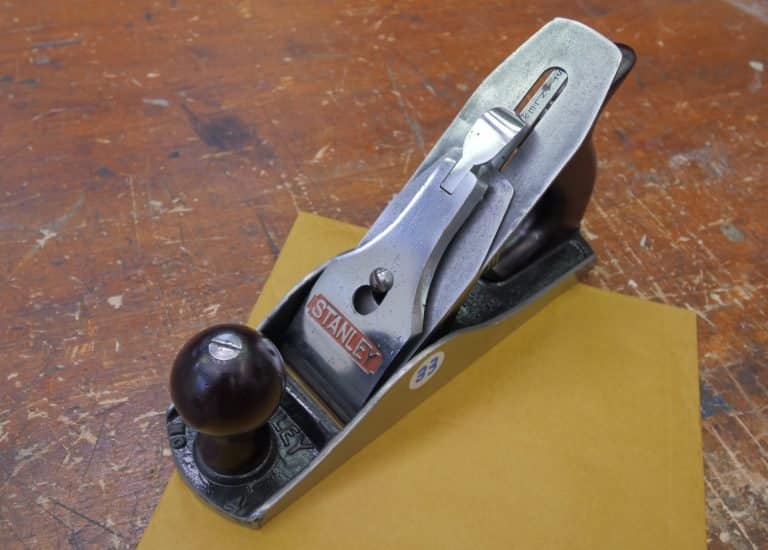
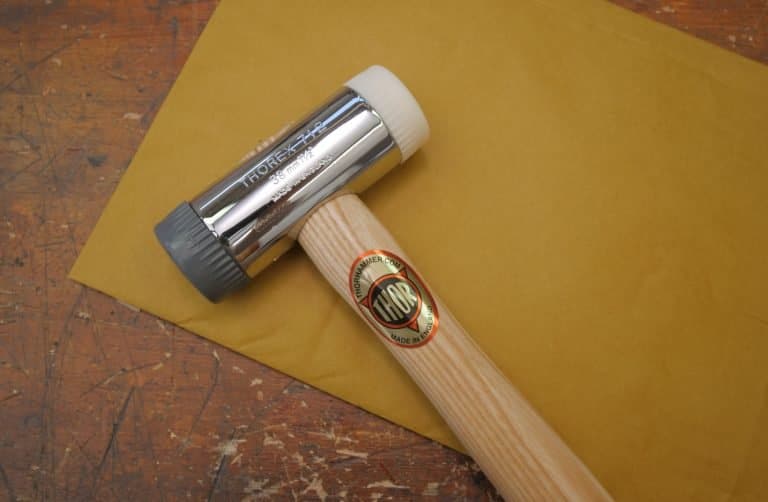
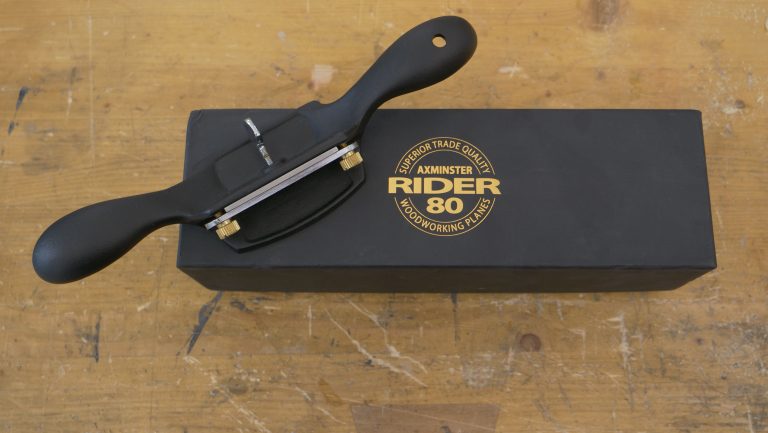
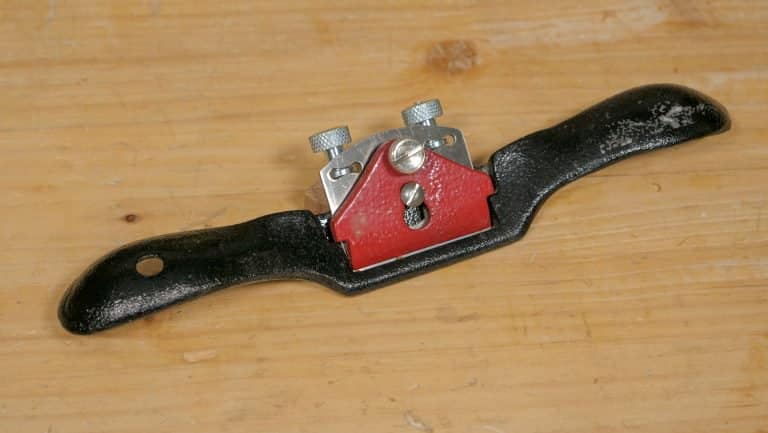
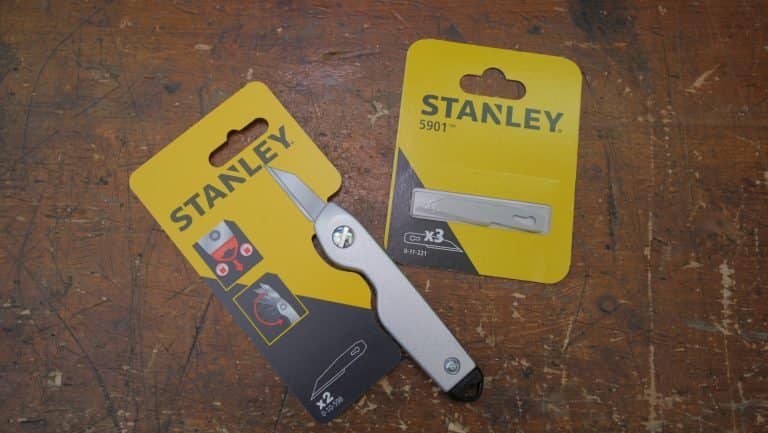

This is so very timely!
Thank you for this
“… a fine stone between 600-1000 (400 is best) …”
I think “400” is a misprint.
I started out with glass cleaner when I got my Diasharp stones, but I found it left a kind of waxy residue (in the same way that it tends to leave smears on your windscreen unless you polish it out afterwards – which you can’t do with a diamond stone). So I bought a bottle of Trend Lapping Fluid which works perfectly. A little goes a long way.
On further research, I found this on the website linked below. It concerns the 3″ x 8″ stones suggested above:
“Note: These EZE-LAP diamond sharpeners are less suitable for dressing water stones — or chisel faces — since the flatness can deviate by to 0.3 mm, measured with a feeler gauge on a granite measuring table. If you’re looking for optimal flatness then we recommend you use Atoma diamond sharpening plates.”
http://www.fine-tools.com/ezelap-diasharpener.html
Hi Mark,
I passed on your question to Paul and his answer is below:
True flatness in sharpening is very rarely an essential and there is no such thing with any abrasive surface, as flatness because as soon as you start to abrade the steel you compromise the surface. I have used EZE-LAP diamond plates for almost 2 decades with absolutely no complaints. The difference between me and people selling diamond plates is that my information is from a working knowledge in the field.
Kind Regards,
Izzy
Hi Izzy,
Thanks very much for the reply. I was thinking the same thing; if Paul recommends uses and recommends it, I buy it 🙂
Thanks again.
Actually, Martyn does raise a good point.
In one Youtube video, Paul is using his sharpening stones and says they are 250, between ‘600 and 800’ and 1200. In another video, Paul says the middle stone is of 800 grit.
At the risk of being a pain, do you think you could you ask Paul to clarify what grit the medium stone is, please?
Thank you Izzy.
(Also, apologies for my barely legible post above – not sure what happened there).
Hi Mark,
Paul says the following and suitable:
Coarse stone between 120-400 grit
Fine stone between 600-1000
Super-fine between 1200-1500
We ordered the 250, 600, 1200 and he is happy with them.
Kind Regards,
Izzy
Hello Izzy,
i am pretty new to woodworking and just bought the double sided 3″ x 8″ stone with 400 and 1200 grit from EZE LAP one week ago. I wasnt sure if the 250 and 1200 was too much of a discrepancy.
I was doing a lot of sharpening (few chisels, plane soles and irons) with the stone this weekend. I used glas cleaner for the process but i also rinsed the stone with water from time to time because of all the abrasion. After some hours of sharpening i realized that the metal under the diamonds started to rust and was colouring the abrasion brown.
Do you know if the rust will be of any problem for the chisel, planes etc or is the rust no problem since the chisel only touches the diamonds and not the iron itself? If this is a problem, do you know what i could do?
Thanks for all the guides on this site. That really helps a lot.
Greetings from Germany
Stefan
Hi Stefan,
It is worth drying them off to make sure they don’t rust badly. Paul’s sharpening stones have rusted slightly, this is nothing to worry about.
Kind Regards,
Izzy
Does Paul mean 800 grit when he says 600? I ask because in one video he says it’s 800 grit.
Thank you very much Izzy
Another question on the window cleaner. We usually mix it ourselves with water and methylated spirit plus a shot of vinegar (works great for glass and much cheaper). Any reason not to use that with the stones, probably without the vinegar?
Hi Christian,
Paul says:
I avoid some kinds of DIY and that’s one of them. The pre-bottled version is more convenient for me, that’s all.
Kind Regards,
Izzy
Why auto glass cleaner rather than regular glass cleaner?
Hi Dan,
Paul says this is because the auto glass cleaner does not have any sudsiness to it such as soap and ammonia which can result in rust.
Kind Regards,
Izzy
Hi Izzy,
I may be a little behind but I knew at one time Paul recommended the use of a strop after the diamond plates. Does he have a recommendation for leather and compound? I’ve seen green and white and I think one other.
I’d like to incorporate one into my routine and would appreciate the advice.
Thanks!
Mike Thompson
Hi Michael,
You can find out more about the buffing compound Paul recommends here. Paul talks about the leather in our How to Make a Strop guide.
Let me know if you have any more questions!
Kind Regards,
Izzy
Hi there, team member who will read this.
Being on a budget but wanting to upgrade from a cheap combination stone and sandpaper…
I saw that EZE lap sells 6″x2″ diamond plates, so I was wondering, Besides the size does Paul see any other problem?
I already quit using a sharpening guide, so I was thinking I could get away with a bit shorter stone.
Thanks for your time in advance
António
Hi António,
Paul says:
You get what you pay for, the extra width and length does make honing easier. That said, a 6×2 will work, even though you are getting half the surface area, how that translates into price I don’t know.
Kind regards,
Izzy
Hi Folks,
I am new to hand tool skills, but am very passionate about pursuing the skill. I’ve already acquired a Stanley 4 & 5 plane and am in the process of restoration. I’ve read Paul’s Blog about his recommendations between DMT and EZE-Lap stones. While I am making every effort to go with his recommendations for tools as I get started, I’m finding DMT stones to be more easily accessible for purchase and a little cheaper too! I am wondering, would there extra coarse (220 grit) be an acceptable substitute to go along with the 600 and 1200?
Hi Andy,
Paul says yes, that would be fine.
Kind regards,
Izzy
This is my first post but I started looking at Pauls videos some time back and always enjoy them, and want to say ‘Thanks so much Paul for what you are doing’.
In these modern and fast & furious times it is so invaluable to have someone like you trying to train people not only about techniques but also I dare to say you demonstrate how one could approach things generally in life, connected, with calmness, using your senses and replying to it (e.g. to the tool or the workpiece) instead of penetratefully brute-forcing things (like often with power tools).
But back to the topic, I used to use Japanese water stones but now want to switch to diamonds. If you’d have to choose “Atoma” stones which come with grits 140, 400, 600 ,1200, which triple (or which ones) would you choose?
(https://www.fine-tools.com/diasharpener.html)
It is meant for Chisels and bench plane irons, not for restauration of vintage ones but initializing and maintaining ones which are already near a working state. I could imagine that 140 is quiet coarse but 400 and 600 seem quite close. 400, 600,1200 or 140, 400, 1200?
Thanks in advance
Sincerely
Marc
Hi Marc,
Paul says:
I’ve never used Atoma stone so can’t really guide you.
Kind Regards,
Izzy
Hi,
Greetings from Poland!
I’m new to woodworking and I can’t afford to buy all three diamond stones at once, but I really want to sharpen my tools and get started. I’m currently using sandpaper, but it’s hard to sharpen tools properly, it also takes a lot of time and space to use so many pieces of sandpaper. I want to buy one diamond stone at first and use it along with sandpaper, then buy another one, and finally get all three. Which gradation of diamond stone you recommend to buy first to get the best result?
Thanks in advance,
Sincerely
Jack
Hi Jack
Paul says:
I would recommend the medium 600 grit first.
I talk about some lower cost stones in this blog here: https://paulsellers.com/2020/03/edge-sharpening-under-10/
Kind Regards,
Izzy
Hi Izzy, I am a bit confused with the different types of stones since I have seen a lot of “Oil Stones”. Does oil fits with diamond stones too? Are these “oil stones” different from the diamond stones presented in the article?
Regards,
Etienne
Hi Etienne,
There are many different types of abrasive plates and stones, this guide my help to explain them further:
https://commonwoodworking.com/sharpening-tools-and-accessories/
Kind Regards,
Izzy
Good Morning,
I was in process of buying 8 x 3 inch EZE-LAP diamond sharpening stones from Dieter Schmid’s Fine Tools; however, there is the following note on their website:
‘Note: These EZE-LAP diamond sharpeners are not really suitable for dressing water stones or chisel faces because the flatness can deviate by up to 0.3 mm’
And then they recommend Atoma diamond sharpening plates:
For optimal flatness we recommend you use Atoma diamond sharpening plates. Otherwise EZE-LAP diamond sharpeners are not subject to any restrictions.’
Any suggestions would be greatly appreciated.
Thanks,
Vlad.
Hi Vlad,
Paul says:
Absolutely not correct. The EZE-lap plates are flat enough to flatten surfaces and sharpen all your chisels and plane irons, anything you want. I have used them for 20 years with no problem. On the other hand, I have recently tried out the least expensive diamond plates I could find at £3 a piece and these work great too.
Kind Regards,
Izzy
Hello,
I’m interested in getting these EZE-Lap plates and noticed on Fine-Tools the following comment (from here):
One other point regarding the useful working life of diamond plates. They cannot really be compared with sharpening stones, which are worn down by use, constantly revealing new, sharp particles. Diamond plates are much more like sandpaper, with a thin layer of abrasive fixed to a non-abrasive material. The diamond sharpening plates of course have a much longer working life than sandpaper, but the evolution is the same. At first, they feel very sharp indeed, but this lasts for only a short time and then there is a very long period of medium sharpness, and finally they don’t really cut much at all. Be careful to buy plates with monocrystalline diamonds as this extends the period of medium sharpness. Keeping the surface of the diamond plates wet will also prolong their useful life!
I was wondering how long Paul’s EZE-Lap stones typically last for his (presumably frequent) usage. That would help me decide if it’s worth the investment! I also wonder how you tell when the diamond stones are starting to get dull and need replaced?
Hi Sean,
Paul says:
I think a set of eze-lap plates would last me about 10 years of daily use.
I have recently tried out the least expensive diamond plates I could find at £3 a piece and these work great too.
Izzy
Good Morning
It appears, currently, that obtaining EZE-lap stones is not possible (Brexit, I hate that word!, and imports). So I sourced a 400, 600 and 1200 Atoma diamond sharpening plates (I am allowed to say from where?). I was wondering what Paul’s opinion on the 400 grit plate is compared to his preferred 250 (which is not currently available, and I did search far and wide). There was a system which included a 140 grit, but this seemed to me to be too abrasive and I am guessing that if I need a slightly more abrasive ‘start’, then I could use sandpaper initially?
Many thanks
Hi Steve,
Paul says:
I would not use the 140 grit as it is much less effective. 400 is good.
Izzy
Is there anywhere to get the EZELAP diamond stones for people in the US? Thanks, and I enjoy the website.
I contacted the company https://www.ezelap.co.uk/product-category/3-x-8-eze-lap-diamond-stones/ and they said that they will ship to to the US. It looks like shipping is around £25
Ok, thanks very much!
Small typo: “The length of 8” (76mm) gives you enough distance for a full stroke”.
As correctly states in the rest of the instructions, 8″ is not 76mm, but ca. 203mm.